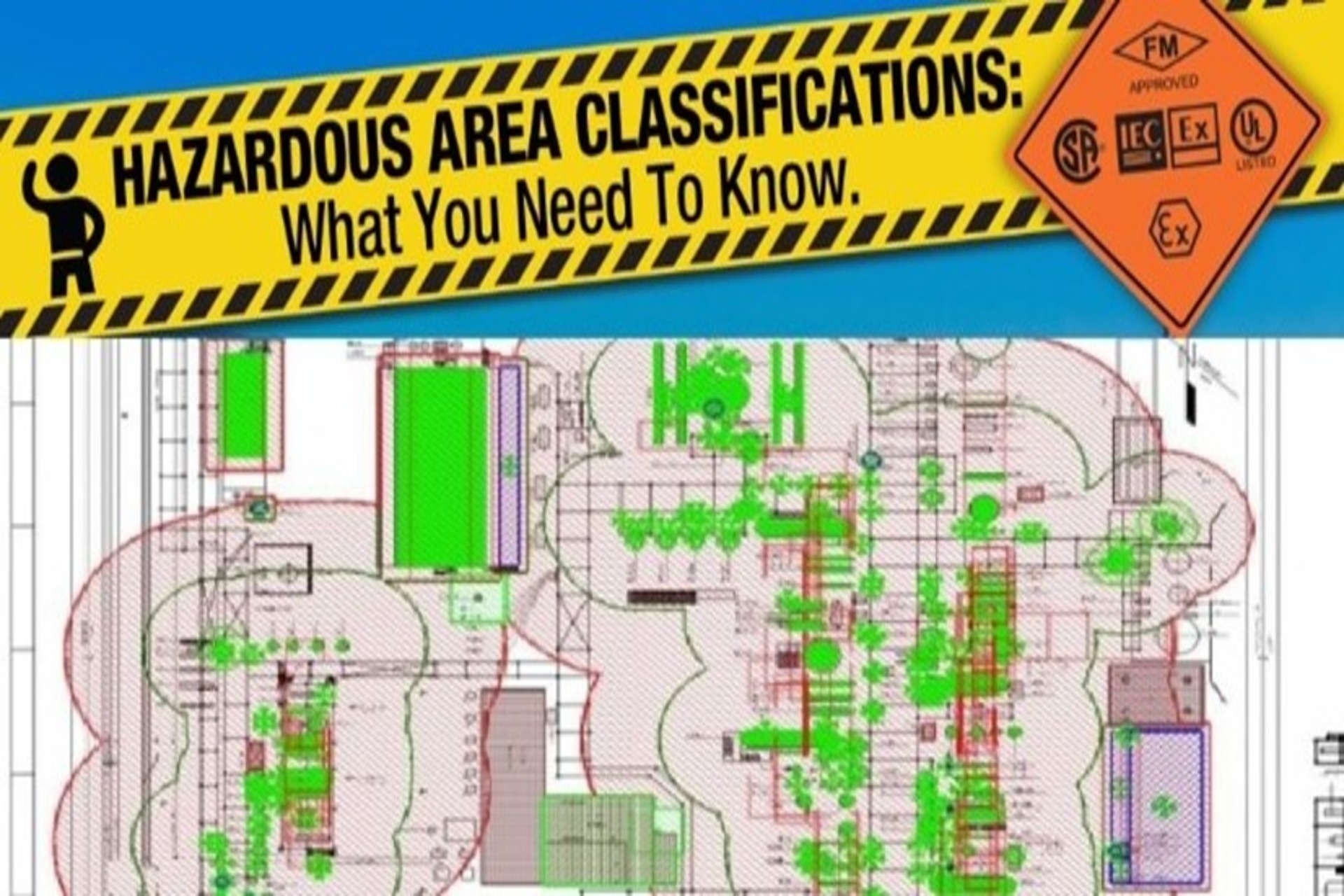
METHODOLOGY FOR HAZARD OPERABILITY (HAZOP) STUDY
The purpose of HAZOP Study is to identify the hazard and operability problems and to reduce the probability and consequences of an incident in the process facilities that would have a detrimental impact to the personnel, plant, properties, environment and company reputation. This Method describes the organization, study methods and recording requirements for HAZOP studies. Its purpose is to advise both HAZOP team members and other members of a project, of the approach to be adopted as well as the other contributions required from individuals. It is based upon considered worldwide best practices and international benchmarks in HAZOP deployment and management.
FAQ- FIRE SAFETY AUDIT
"A fire audit evaluates the effectiveness of fire prevention and protection measures within a facility. It identifies potential hazards, assesses the adequacy of safety systems, and ensures compliance with regulations. The audit also recommends improvements to enhance fire safety, ultimately aiming to minimize the risk of incidents and protect lives and property."
FAQ-EMERGENCY RESPONSE & DISASTER MANAGEMENT PLANS (ERDMP)
The objectives of the Emergency Response and Disaster Management Plan (ERDMP) are as follows: Safeguarding Lives, Environment, and Property: Protect the lives of individuals at the site and in its vicinity, as well as the surrounding environment and property. Containing and Controlling the Incident: Quickly and effectively contain the incident, bring it under control, and restore normalcy as soon as possible. Minimizing Damage: Reduce the impact and extent of damage to lives, property, and the environment. Rescue and Treatment of Casualties: Prioritize the rescue and medical treatment of those affected by the incident. Assisting in Evacuation: Support district administration in safely evacuating people from affected areas to safe zones. Providing Welfare Assistance: Offer necessary welfare assistance to those affected by the incident, particularly casualties. These objectives guide the development and implementation of an ERDMP to ensure a structured and effective response to emergencies.

FAQ- HAZARDOUS AREA CLASSIFICATION-IS (HAC)
Hazardous Area Classification (HAC) is a critical safety study aimed at identifying and defining the areas around equipment that handles or stores flammable fluids, vapors, and combustible dusts where the risk of fire or explosion is present. The primary goal is to minimize the possibility of an ignition source coinciding with a flammable atmosphere, thereby reducing the risk of fire or explosion.

FAQ- HAZARDOUS AREA CLASSIFICATION (HAC) STUDY-IEC
Hazardous Area Classification (HAC) is a critical safety study aimed at identifying and defining the areas around equipment that handles or stores flammable fluids, vapors, and combustible dusts where the risk of fire or explosion is present. The primary goal is to minimize the possibility of an ignition source coinciding with a flammable atmosphere, thereby reducing the risk of fire or explosion.

FAQ - Hazardous Area Classification (HAC) Study - NFPA
Hazardous Area Classification (HAC) is a critical safety study aimed at identifying and defining the areas around equipment that handles or stores flammable fluids, vapors, and combustible dusts where the risk of fire or explosion is present. The primary goal is to minimize the possibility of an ignition source coinciding with a flammable atmosphere, thereby reducing the risk of fire or explosion.




